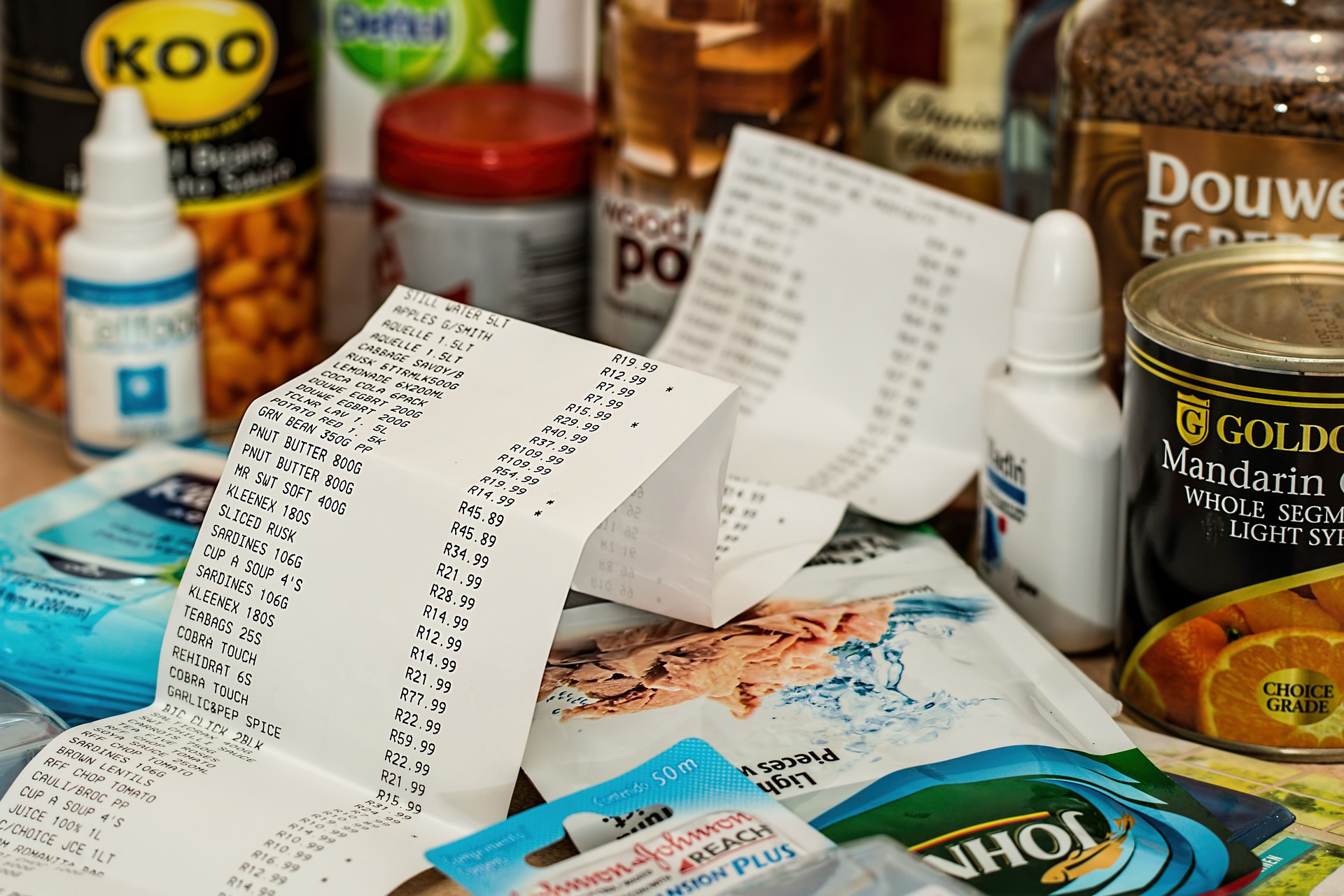
Featured Item

How to avoid letting Eskom ruin your eating habits
Published
12 months agoon
What began as the inconvenience of infrequent loadshedding in the early 2000s has become a crisis of daily power cuts, escalating demands on business and undermining nutrition at home.
Rising food costs; cold meals on winter evenings; and unprepared, often nutritionally-unbalanced meals, are some of the challenges South Africans face.
David Shapiro, Chief Global Equity Strategist at Sasfin Securities, says food costs have risen due to overburdened industries and are likely to continue to rise. Shapiro and his team have considered the crisis from an analyst’s perspective, viewing the results of various companies and industries month-on-month.
“Don’t get me wrong, food prices aren’t a fixed entity and can be volatile,” he says. “For example, a natural disaster overseas might have an impact on sugar costs. However, in this instance, all South African companies find themselves in the same challenging position. Simply, companies need energy to operate.
“When the ‘oxygen supply’ – power – is short, it must be attended to as a priority before other company interests such as expansion and investment,” and the cost is inevitably made up on the shelves.
He talks about a chain reaction which begins at ground level with farmers, who need power to irrigate and cultivate, now having to manage their budget to cover energy needs because of loadshedding. To make up for the increased expenditure, they have to increase the costs of their produce. Even the price of basics such as lentils and beans has risen as a result.
This increase in costs causes a chain reaction, from wholesalers, to retailers, and eventually to the consumer. “The stresses caused by loadshedding, compounded with economic and societal pressures, mean that more than ever, people need nutritionally-sound meals to maintain mental, emotional, and physical health.
“However, with the dramatic increase in food costs in recent months, many are now changing their food-buying patterns and choosing cheaper meal options or eating differently.”
Adrienne Bogatie, the head of Kashering Your Life, cites statistics from the National Agricultural Marketing Council which show that food costs are up on average 9% since January this year, and will continue to rise due to the cost of petrol, transport, and lack of electricity.
Bogatie says her company, which helps the community to plan meals to reduce food bills and wastage, has been receiving queries on everything from how to prevent food from going off because of prolonged periods without power to how to prepare affordable, healthy meals without electricity.
Loadshedding has left an indelible mark on daily life, she says. “Whereas before I gave advice on buying in bulk and freezing to save on costs, I’m now advocating buying smaller quantities of food according to a pre-planned menu, and cooking and eating the food within a shorter time frame to prevent food wastage, cut costs, and save on meal-preparation time.”
Some trends in food expenditure have emerged. “I’ve noticed people are increasingly buying take-aways during loadshedding shifts scheduled over supper time, and succumbing to impulse-buying when grocery shopping as a result of immediate meal needs created by the, at times, unpredictable changes in loadshedding stages. Both aren’t advisable, especially in light of escalating food costs.”
Still, Bogatie believes there are things that people can do to plan ahead:
- Check your schedule and decide when and what to cook. “We need to steer away from the convention of cooking dinner at dinner time, and instead cook when we have electricity”;
- To keep meals warm, invest in a ‘wonder bag’, or ‘hot box’. This insulation box covers a closed pot of food to keep it warm for several hours. Furthermore, slow cookers are useful as they stay hot for a while after they are turned off. You can also choose to cook foods which are affordable and retain heat well, such as maize meal or potatoes; and
- Keep ice packs in the freezer to keep food cold during prolonged cuts.
Bogatie says she’s concerned about the long-term health impact of inconsistent eating and an increase in the consumption of highly processed foods including fast foods.
Registered dietician Shani Cohen shares Bogatie’s concerns. She says following the COVID-19 pandemic lockdowns, when home cooking became a trend, loadshedding has resulted in an increase of fast-food consumption.
Professionals are noticing an increase in chronic diseases, even in younger age groups. “The number of patients seeking to lose weight or newly diagnosed with diabetes or high cholesterol has increased as a result of an increase in the consumption of convenience and take-away foods,” she says.
She has also noticed that many people are eating fewer vegetables because of loadshedding. “Many are ensuring that there’s a protein and a starch on their plate, but forgetting the importance of vegetables.”
Like Bogatie, she believes the biggest hack to eating well during this crisis is to be prepared:
- Make use of the braai when the power goes out. Consider boiling up some butternut on the gas stove, adding cut up vegetables to your stews, or braaiing a mielie;
- Plan your weekly meals and grocery list to save on costs;
- On the weekend, spend an hour or two cooking two to three different grains and proteins, as well as roasting vegetables. These foods can then be stored in airtight containers and reheated with ease;
- Invest in a small two-plate gas stove. Gas heats up quickly and should save on cooking time and energy costs. Stews and soups are great, affordable winter meals, which can be cooked on a gas stove;
- Focus on more fresh salad-based meals when the power is off. Add a protein source to the salads, such as leftover chicken, tinned tuna, or tinned chickpeas. You can also add a grain, such as wholewheat couscous; and
- Keep a variety of healthier canned-food options in the pantry, such as lite baked beans, corn, lentils, chickpeas, peas, pilchards, tinned salmon, and tuna. Boiled eggs can also be stored in the fridge. These are all affordable sources of quality protein.










